-
 bitcoin
bitcoin $102877.190955 USD
1.88% -
 ethereum
ethereum $3430.435064 USD
4.52% -
 tether
tether $0.999264 USD
-0.05% -
 xrp
xrp $2.307310 USD
4.49% -
 bnb
bnb $987.740692 USD
3.82% -
 solana
solana $161.947760 USD
3.97% -
 usd-coin
usd-coin $0.999712 USD
-0.05% -
 tron
tron $0.292810 USD
2.93% -
 dogecoin
dogecoin $0.179738 USD
10.70% -
 cardano
cardano $0.580716 USD
8.75% -
 hyperliquid
hyperliquid $42.463448 USD
8.40% -
 chainlink
chainlink $15.763437 USD
7.05% -
 zcash
zcash $649.595636 USD
17.21% -
 bitcoin-cash
bitcoin-cash $511.610261 USD
7.19% -
 stellar
stellar $0.292537 USD
7.91%
How does Rocket Pool's rETH work?
Rocket Pool's rETH allows users to stake ETH and earn rewards while maintaining liquidity through a tokenized, appreciating asset.
Aug 02, 2025 at 11:07 pm
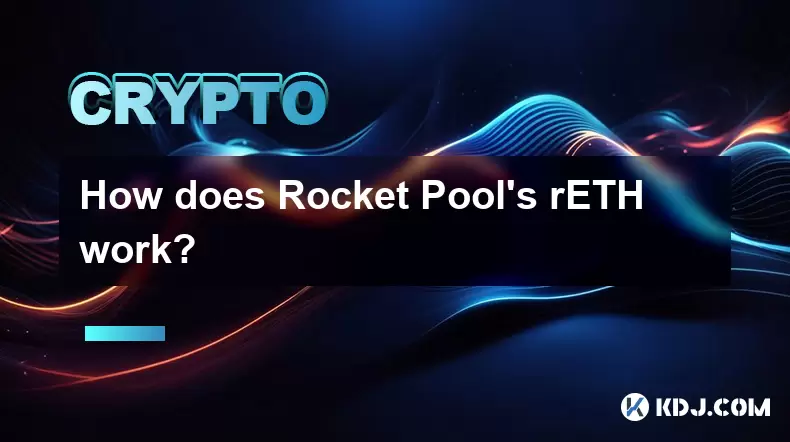
Understanding rETH: Rocket Pool's Staked ETH Derivative
Rocket Pool's rETH is a liquid staking token that represents staked Ethereum (ETH) within the Rocket Pool network. Unlike traditional staking, which locks up ETH until Ethereum's full transition to a proof-of-stake model, rETH allows users to retain liquidity by offering a tokenized version of their staked ETH. This means users can stake ETH without waiting for network upgrades to unlock their funds.
When users deposit ETH into Rocket Pool, they receive rETH tokens in return. These tokens track the value of the underlying staked ETH and any accrued staking rewards. As the network earns yield, the exchange rate between rETH and ETH increases, allowing rETH holders to redeem more ETH over time.
Note: rETH is not a stablecoin. Its value appreciates relative to ETH as staking rewards are earned.
How rETH is Minted and Redeemed
The minting and redemption process of rETH is crucial to its functionality and value proposition. When a user deposits 32 ETH, they can run their own node and mint rETH. However, most users deposit smaller amounts (as little as 0.01 ETH) through Rocket Pool's smart contracts and receive rETH in return.
- Users deposit ETH into Rocket Pool's deposit contract
- The system mints rETH tokens at a 1:1 ratio initially
- As rewards are earned, the rETH/ETH exchange rate increases
- Users can redeem rETH for ETH once withdrawals are enabled on Ethereum
The exchange rate is updated periodically, reflecting the total staking rewards earned across the Rocket Pool network. This ensures that all rETH holders benefit proportionally from the yield generated by staked ETH.
Smart Contract Mechanics Behind rETH
The rETH token operates on Ethereum using a combination of smart contracts that manage minting, burning, and exchange rate tracking. The core contract responsible for rETH is the rETH contract, which is upgradable through a decentralized governance process.
Key components include:
- Deposit Pool: Holds user-deposited ETH before it is assigned to a validator
- Exchange Rate Oracle: Tracks the amount of ETH earned per rETH
- Burning Mechanism: Allows rETH to be redeemed for ETH when the network supports withdrawals
These contracts are designed to ensure transparency and fairness. All ETH deposited is eventually used to create validators on the Ethereum network, with node operators and users both receiving rewards based on their contribution.
Node Operators and rETH Rewards
Rocket Pool's decentralized architecture allows node operators to participate in Ethereum staking with as little as 16 ETH, instead of the standard 32 ETH requirement. The remaining 16 ETH is covered by rETH stakers, who provide the balance through Rocket Pool's deposit pool.
- Node operators deposit 16 ETH and receive 16 ETH worth of rETH from the pool
- They then create a validator with 32 ETH (16 own + 16 borrowed)
- Rewards are split between node operator and rETH stakers
This structure incentivizes decentralization by reducing the barrier to entry for node operators. It also ensures that rETH stakers earn a portion of the staking yield, making it a competitive alternative to centralized staking services.
rETH vs. Other Staking Derivatives
While several liquid staking solutions exist, such as Lido's stETH, Rocket Pool's rETH distinguishes itself through its decentralized node operator model and lower entry requirements.
- rETH does not rely on a central entity to run validators
- Users are not exposed to centralization risks associated with large staking providers
- The collateralization model ensures that node operators have skin in the game
Additionally, Rocket Pool's smart contract architecture is designed to minimize trust assumptions, making it one of the more secure options for staking ETH in a decentralized manner.
Redeeming rETH for ETH
Currently, Ethereum's execution layer does not support withdrawals for staked ETH. However, once Ethereum's Casper-FFG upgrades are fully implemented, users will be able to redeem their rETH for ETH directly through Rocket Pool's smart contracts.
When withdrawals are enabled:
- Users can burn rETH to receive ETH
- The amount of ETH received increases over time due to staking rewards
- The process is permissionless and trustless
Until then, users can trade rETH on decentralized exchanges like Curve Finance to obtain liquidity without waiting for full Ethereum withdrawals.
Frequently Asked Questions (FAQ)
Q: Is rETH pegged to ETH?No, rETH is not a stablecoin. Its value appreciates relative to ETH as staking rewards are accrued.
Q: Can I lose money with rETH?Yes, if Ethereum suffers slashing events or if the exchange rate drops due to market conditions, rETH holders may experience losses.
Q: How often is the rETH exchange rate updated?The exchange rate updates periodically based on the amount of ETH earned by the Rocket Pool network.
Q: Can I stake rETH elsewhere for additional yield?Yes, rETH can be used in DeFi protocols such as Curve Finance or Balancer to earn additional yield.
Disclaimer:info@kdj.com
The information provided is not trading advice. kdj.com does not assume any responsibility for any investments made based on the information provided in this article. Cryptocurrencies are highly volatile and it is highly recommended that you invest with caution after thorough research!
If you believe that the content used on this website infringes your copyright, please contact us immediately (info@kdj.com) and we will delete it promptly.
- Ripple (XRP) in 2026: Hold or Fold? A Look at XRP's Future and Emerging DeFi Alternatives
- 2025-11-08 18:35:01
- Zcash ZEC Coin Price Explosion: From Privacy Niche to Center Stage
- 2025-11-08 18:55:01
- Berachain Price Prediction: Navigating the Honeycomb Hype in Crypto
- 2025-11-08 18:55:01
- Arthur Hayes, Gold, and Bitcoin: A Modern Monetary Trinity?
- 2025-11-08 19:15:01
- Shiba Inu's Next Move: Navigating a Shifting Market
- 2025-11-08 19:20:01
- Pakistan's Crypto Crossroads: Balancing Opportunity with Asset-Backed Realities
- 2025-11-08 19:20:01
Related knowledge
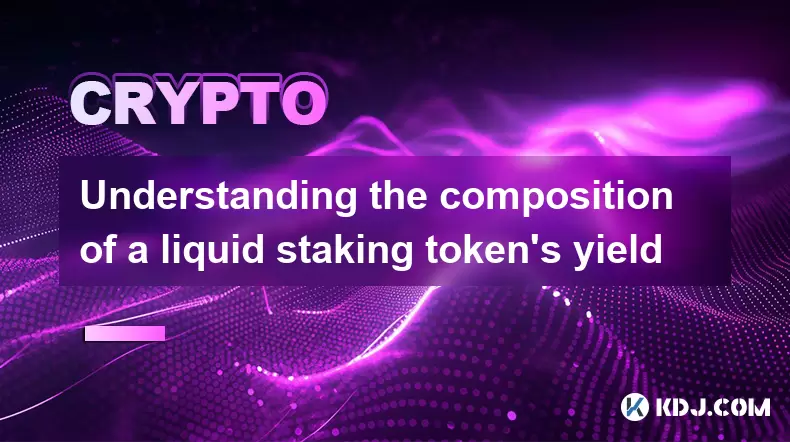
Understanding the composition of a liquid staking token's yield
Jul 20,2025 at 09:07am
What Is a Liquid Staking Token?A liquid staking token is a representative asset issued to users who stake their native cryptocurrency on a proof-of-st...
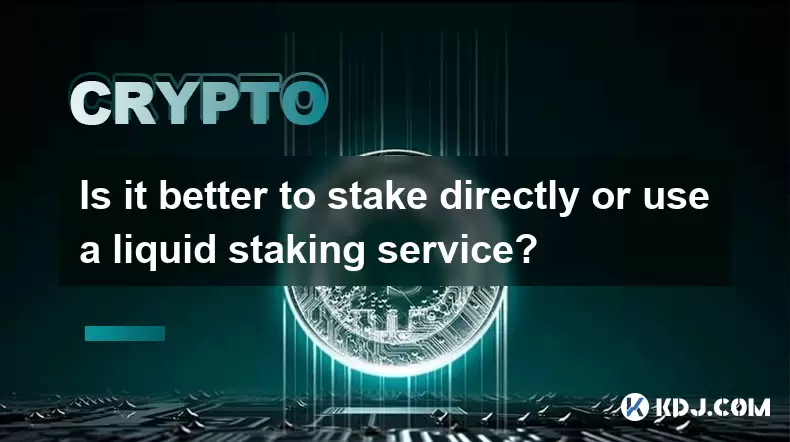
Is it better to stake directly or use a liquid staking service?
Jul 22,2025 at 08:21pm
Understanding the Basics of StakingStaking in the context of blockchain and cryptocurrency refers to the process of locking up digital assets to suppo...
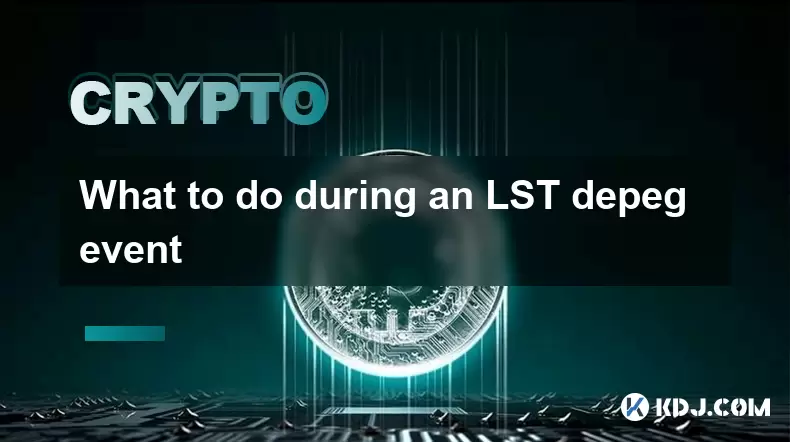
What to do during an LST depeg event
Jul 20,2025 at 04:57pm
Understanding LST Depeg EventsAn LST (Liquid Staking Token) depeg event occurs when the token, which is typically pegged to the value of the underlyin...
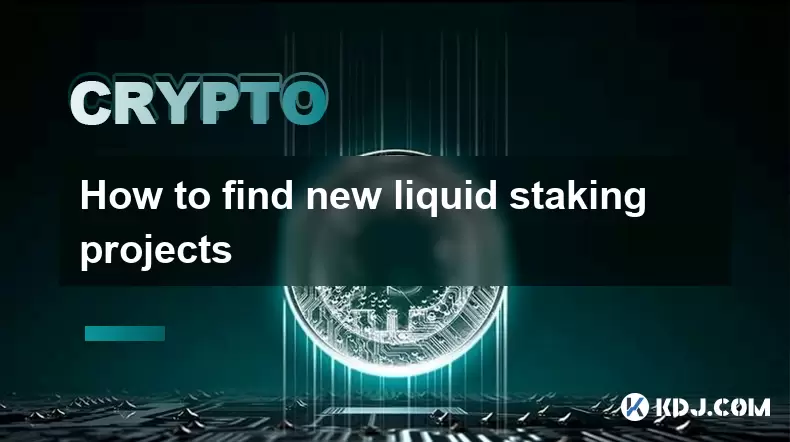
How to find new liquid staking projects
Jul 30,2025 at 01:14pm
Understanding Liquid Staking and Its ImportanceLiquid staking is a mechanism that allows users to stake their cryptocurrency assets while still mainta...
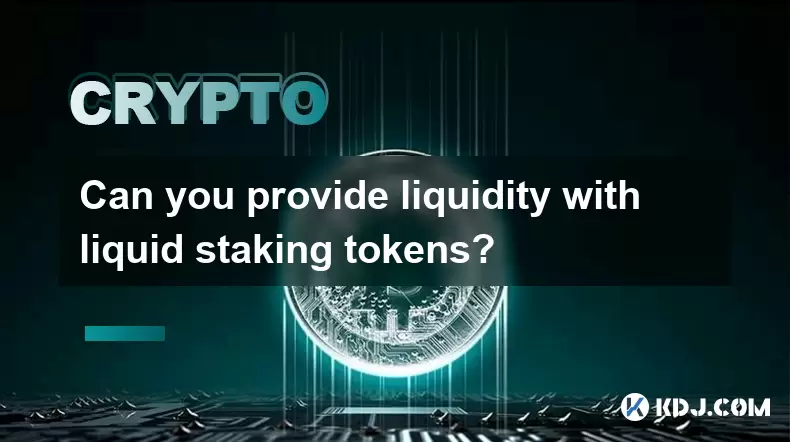
Can you provide liquidity with liquid staking tokens?
Jul 22,2025 at 10:22am
Understanding Liquid Staking TokensLiquid staking tokens (LSTs) are derivative tokens that represent staked assets on a proof-of-stake (PoS) blockchai...
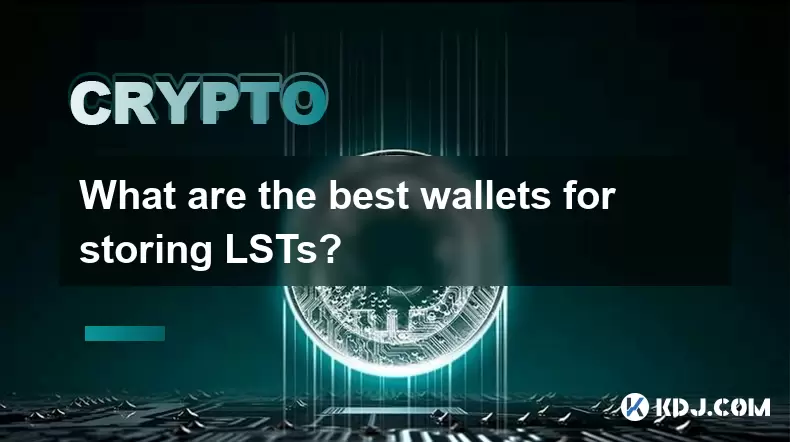
What are the best wallets for storing LSTs?
Jul 21,2025 at 03:14pm
Understanding LSTs and the Need for Secure StorageLSTs, or Liquid Staking Tokens, are derivative tokens representing staked assets on a blockchain. Wh...

Understanding the composition of a liquid staking token's yield
Jul 20,2025 at 09:07am
What Is a Liquid Staking Token?A liquid staking token is a representative asset issued to users who stake their native cryptocurrency on a proof-of-st...

Is it better to stake directly or use a liquid staking service?
Jul 22,2025 at 08:21pm
Understanding the Basics of StakingStaking in the context of blockchain and cryptocurrency refers to the process of locking up digital assets to suppo...

What to do during an LST depeg event
Jul 20,2025 at 04:57pm
Understanding LST Depeg EventsAn LST (Liquid Staking Token) depeg event occurs when the token, which is typically pegged to the value of the underlyin...

How to find new liquid staking projects
Jul 30,2025 at 01:14pm
Understanding Liquid Staking and Its ImportanceLiquid staking is a mechanism that allows users to stake their cryptocurrency assets while still mainta...

Can you provide liquidity with liquid staking tokens?
Jul 22,2025 at 10:22am
Understanding Liquid Staking TokensLiquid staking tokens (LSTs) are derivative tokens that represent staked assets on a proof-of-stake (PoS) blockchai...

What are the best wallets for storing LSTs?
Jul 21,2025 at 03:14pm
Understanding LSTs and the Need for Secure StorageLSTs, or Liquid Staking Tokens, are derivative tokens representing staked assets on a blockchain. Wh...
See all articles




















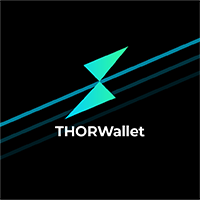
![The Graph Price Prediction [GRT Crypto Price News Today] The Graph Price Prediction [GRT Crypto Price News Today]](/uploads/2025/11/07/cryptocurrencies-news/videos/690d4df44fe69_image_500_375.webp)



















































